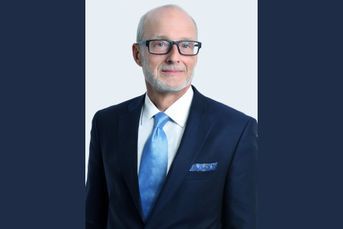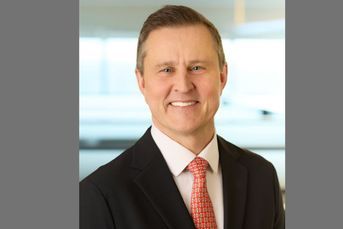Advisors not seeing a spending slowdown
 Andrew Fincher of VLP Financial Advisor and David Demming of Demming Financial Services Corp.
Andrew Fincher of VLP Financial Advisor and David Demming of Demming Financial Services Corp.
'If anything, rising interest rates have dramatically increased the income [retirees] are able to generate from their cash and fixed-income investments, which has improved their cash flow,' an advisor says.
The latest economic data show Americans are continuing to open their wallets despite the rise in interest rates and stubbornly high prices.
Apparently, financial advisors keeping a sharp eye on their clients’ accounts aren’t seeing much of a spending slowdown either.
Consumer spending climbed 0.7% in September, up from an unrevised 0.4% in August, according to a report last Friday from the Commerce Department’s Bureau of Economic Analysis. Adjusted for inflation, spending rose 0.4% for the month compared to a 0.1% rise in August. Both numbers exceeded economists’ forecasts.
Spending on goods increased 0.7% for the month, while outlay on services surged 0.8%, lifted by international travel and health care.
David Demming, founder and president of Demming Financial Services Corp., said that his clients are generally spending the same amount, although they have been dialing back on travel lately. He added that early moves to lock in interest rates below 2.5% for any clients with debt have given them the flexibility and wherewithal to maintain their purchasing habits.
“We also encouraged people for years to extend working part time to take pressure off the balance sheet,” he said. “Our favorite line is, ‘Working for play is different than working for pay!’”
Demming believes he has a good handle on his clients’ spending patterns because he tracks their normal cash flows, while isolating “extra, one-off” purchases like appliances or car replacements.
“We know what their baseline needs are,” he said.
Andrew Fincher, financial advisor with VLP Financial Advisors, says clients are naturally spending more as inflation pushes up the cost of goods. However, on a real basis, he’s not seeing much of a change in his clients’ spending habits either.
“Statistically, we see it takes consumers a lot longer to change spending habits than it does for the environment to change,” Fincher said. “This is why you can see savings rates are down and credit card balances are up, because as goods are more expensive, habits have not yet adjusted, as people have become accustomed to a certain standard of living.”
He did say the turn is nearly at hand as “debt servicing, such as student loans, starts kicking back in.”
Jon Swanburg, president of TSA Wealth Management, noted that his retiree clients are feeling the pinch of higher prices for purchases ranging from groceries to travel. However, he said most of his retiree clients don’t carry any debt so rising interest rates haven’t negatively impacted their budget.
“If anything, rising interest rates have dramatically increased the income they are able to generate from their cash and fixed-income investments, which has improved their cash flow relative to previous years,” Swanburg said.
Economy will land softly unless oil prices spike, says Ameriprise chief economist
Learn more about reprints and licensing for this article.








